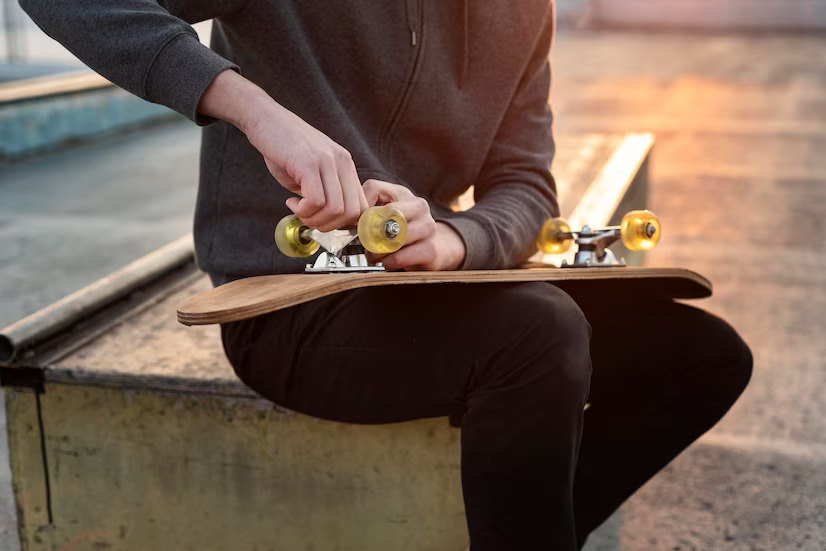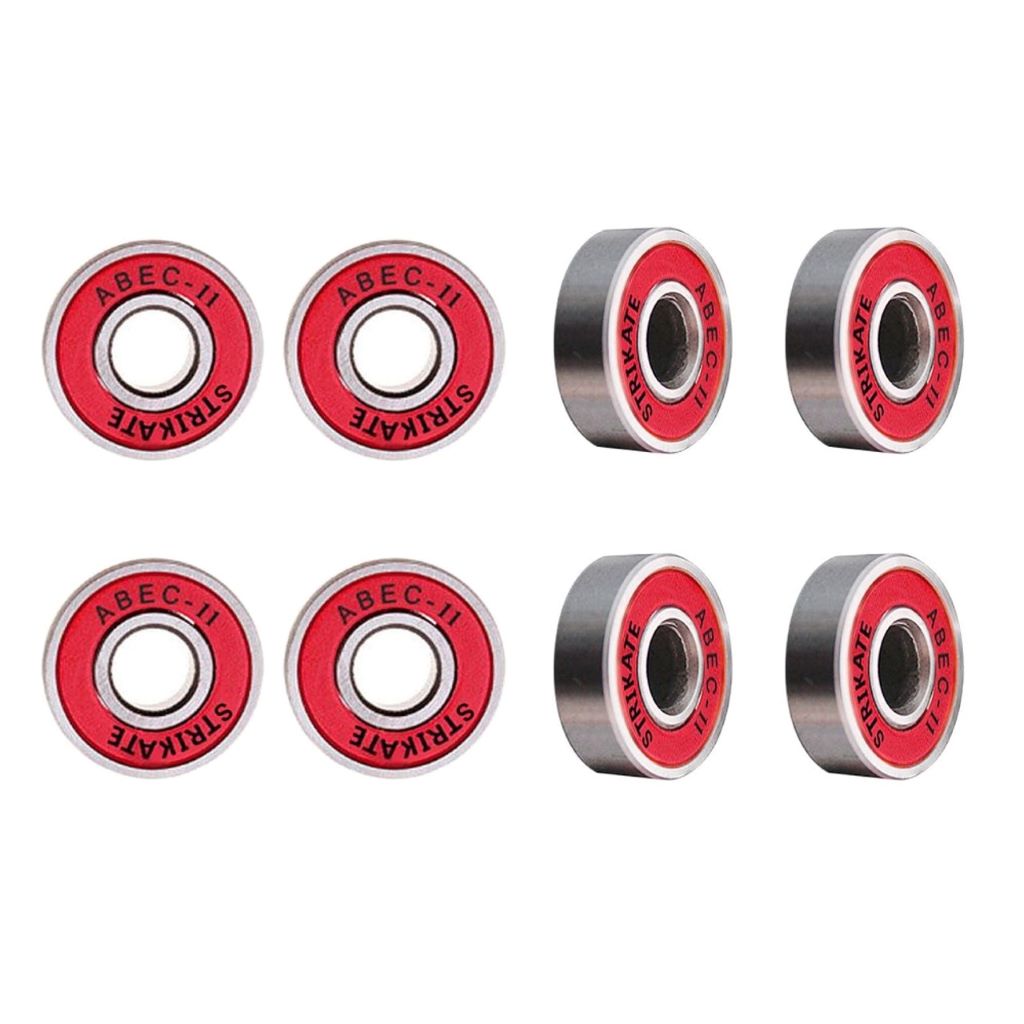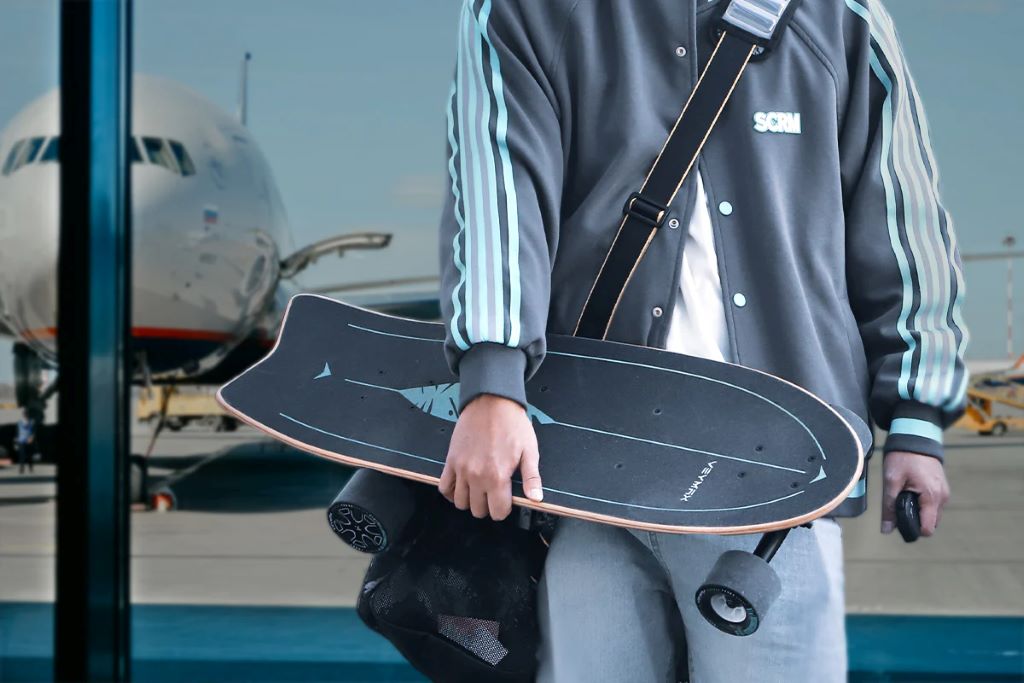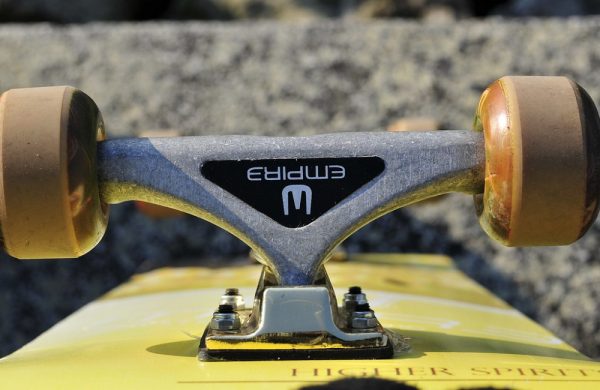Hey there, fellow skaters! Are you tired of feeling like your skateboard is holding you back? Do you struggle to gain speed and perform tricks with the same agility as your friends? Well, fret no more because, in this article, we’ll dive deep into why your skateboard might be feeling sluggish. Whether you’re a beginner or an experienced rider, understanding these factors can make a difference in your skating experience. So, let’s get started and unlock the secrets to reviving your skateboard’s speed and performance!
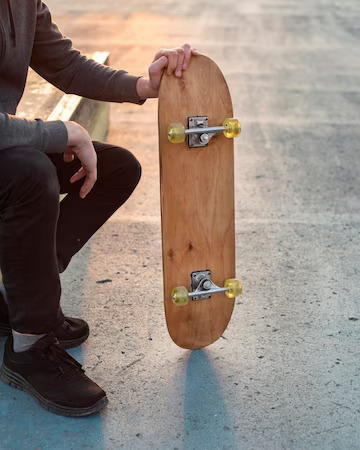
1. Worn-out Bearings
One of the primary culprits behind a slow skateboard is worn-out bearings. Bearings are small metal or ceramic rings that fit inside the wheels and enable them to spin smoothly and make skateboard faster. Over time, these bearings can accumulate dirt, dust, and debris, leading to increased friction and decreased speed. To resolve this issue, it’s crucial to regularly clean and lubricate your bearings. Consider investing in high-quality bearings that are known for their durability and performance.
2. Inadequate Wheel Hardness
The hardness of your skateboard wheels plays a significant role in determining your speed. Softer wheels provide more grip and are ideal for cruising and tricks that require better control. However, they tend to sacrifice speed. On the other hand, harder wheels offer less grip but provide greater speed, making them suitable for smooth surfaces and high-speed riding. Assess your riding style and the terrain you frequent to ensure you have the appropriate wheel hardness for optimal speed and performance.
3. Improper Bushing Setup
The bushings in your skateboard trucks provide stability and control while turning. If your bushings are too tight or loose, it can affect your overall riding experience, including speed. Tight bushings can restrict your board’s maneuverability, while loose bushings can cause instability and impact your ability to generate speed. Experiment with different bushing setups to find the perfect balance that suits your riding style and preferences.
4. Unbalanced Weight Distribution
Believe it or not, how you distribute your weight on the skateboard can impact its speed. If you constantly find yourself leaning too far back or forward, it can hinder your ability to generate speed efficiently. To maintain optimal speed, focus on maintaining a centered stance on your board. Keep your weight evenly distributed between both feet, allowing for better control and increased acceleration.
5. Worn-out Griptape
The griptape on your skateboard deck is essential for maintaining traction and control. Over time, griptape can wear out, losing its grip and affecting your ability to effectively transfer power to the board. A worn-out griptape can result in slips, slides, and an overall decrease in speed. Regularly inspect your griptape and replace when necessary to ensure maximum grip and performance.
6. Insufficient Maintenance
Last but certainly not least, insufficient maintenance can majorly contribute to a slow skateboard. Neglecting regular cleaning, tightening loose parts, and checking for wear and tear can decrease performance. Make it a habit to inspect your skateboard regularly, tightening any loose bolts and replacing damaged components. You’ll ensure optimal speed and performance by giving your skateboard the care and attention it deserves.
How Can I Speed Up My Skateboard?
Speed plays a crucial role in skateboarding, influencing the overall performance and maneuverability of the board. Whether cruising down the streets, hitting the skatepark, or participating in competitions, having a faster skateboard can greatly enhance your experience. The increased speed allows you to tackle ramps, perform tricks with greater precision, and cover more ground in less time. So, let’s dive into the methods that can help you boost your skateboard’s speed!
Choose the Right Skateboard Setup
To optimize your skateboard’s speed, starting with the right setup is essential. Consider the following factors when choosing your skateboard components:
1. Wheels
Selecting the appropriate wheels for your skateboard is crucial for achieving higher speeds. Larger wheels with a harder durometer (the measurement of wheel hardness) are generally better for speed. They roll faster and maintain momentum more efficiently, allowing you to reach higher velocities. Look for 54-60mm wheels with a durometer rating of 99A or above.
2. Bearings
Bearings are small metal rings that fit inside the wheels, facilitating smooth rotation. High-quality bearings reduce friction and enhance speed. For improved performance, look for bearings rated with a higher ABEC (Annular Bearing Engineering Committee) rating, such as ABEC-7 or ABEC-9.
3. Trucks
Trucks are the metal T-shaped components mounted on the underside of your skateboard. They influence stability, turning radius, and speed. To maximize speed, choose trucks with a narrower axle width. This allows for sharper turns and reduces drag, enhancing your skateboard’s velocity.
Maintaining Optimal Performance
Regular maintenance is essential to keep your skateboard performing at its best. Here are some maintenance tips to ensure your board remains in top condition:
1. Keep Bearings Clean
Over time, dirt and debris can accumulate in your bearings, causing them to slow down. Regularly clean your bearings using a bearing cleaner and lubricant to remove contaminants. This will ensure smooth rotation and optimal speed.
2. Maintain Proper Wheel Alignment
Check your skateboard’s wheel alignment periodically. Misaligned wheels can create unnecessary friction, slowing you down. Adjust the wheels to be evenly aligned and rotate freely without wobbling.
3. Tighten Loose Hardware
Skateboards endure vibrations and impacts during use, which can cause nuts and bolts to loosen. Regularly inspect and tighten all the hardware, including truck bolts, wheel nuts, and mounting screws, to prevent any rattling or instability hindering speed.
Conclusion
There you have it, skaters! We’ve explored six significant reasons your skateboard may feel sluggish and slow. Each factor plays a crucial role in your skating experience, from worn-out bearings to inadequate maintenance. Remember, maintaining a well-functioning skateboard is key to unlocking your true potential on the streets or at the skatepark. Take the time to assess and address these issues, and you’ll soon find yourself gliding effortlessly and confidently on your board, leaving others in the dust.

